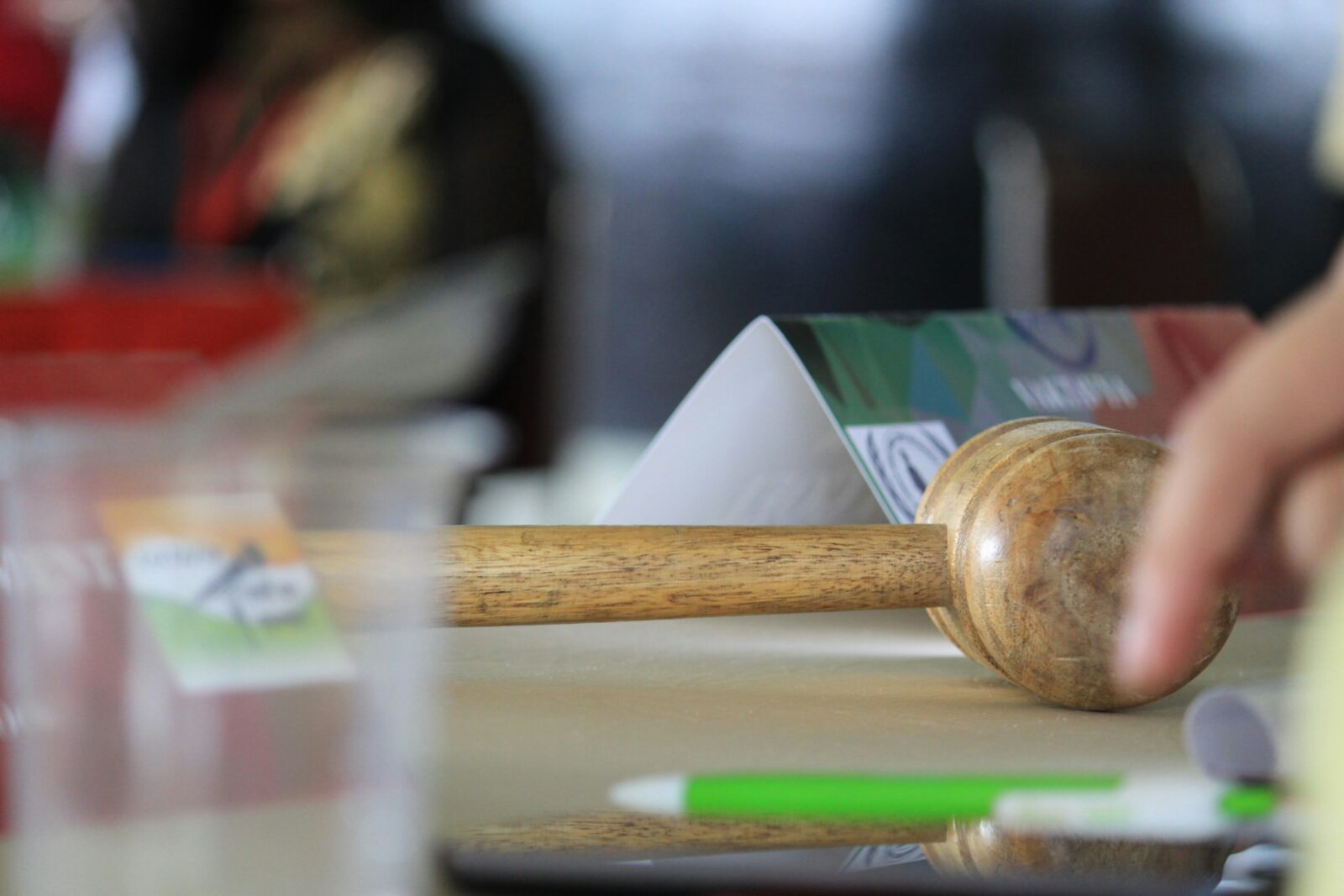With the winter months finally coming to an end we are receiving an increasing amount of requests from property managers to advise on condominium insurance matters. The most common problem facing property managers appears to be water, from ice/snow, entering into a unit and causing damage to the common elements and the unit owner’s contents. The issue is: who is responsible for the cost to replace the unit owner’s contents, the Corporation and/or the unit owner?
The purpose of this SimpsonWigle LAW Condo Comment is to provide you with a step by step general understanding on how to respond when faced with this issue. Please remember that each situation should be examined on an individual basis together with the assistance of the Corporation’s insurance provider and legal counsel.
STEP ONE: The Condominium Act, 1998 (the “Act”)
Review Part VI of the Act, Sections 99-106, which provides, among other things, that the Corporation shall obtain and maintain insurance, on its own behalf and on behalf of the owners, for damage to the units and common elements that is cause by major perils or the other perils that the Corporation’s Declaration or By-Laws specify.
Major Perils is defined in the Act as perils of: fire, lightning, smoke, windstorm, hail, explosion, water escape, strikes, riots or civil commotion, impact by aircraft or vehicles, vandalism or malicious acts.
STEP TWO: The Corporation’s Declaration and By-Laws
Review the Corporation’s Declaration and By-Laws to determine whether the Corporation is required to obtain and maintain insurance for other perils in addition to the major perils outlined in the Act (above).
STEP THREE: Is it a Major Peril or an Other Peril?
Determine whether the damage to the unit is a major peril or an other peril and is therefore covered under the Corporation’s insurance as required pursuant to the Act or the Corporation’s Declaration or By-Laws.
NOTE: It will likely be necessary to engage the services of a professional, such as an engineer, to determine the cause of the damage to the unit.
STEP FOUR: If damage IS an insured peril (it is either a major peril or an other peril)
If the damage to the unit is an insured peril the Corporation must contact its insurance provider and report the damage.
i. Does the Corporation have an Insurance Deductible Provision?
At the same time the Corporation reports the damage to its insurance provider, the Corporation should also review its By-Laws to determine whether or not the Corporation has an Insurance Deductible Provision contained in a By-Law that permits the Corporation to shift payment of the Corporation’s insurance deductible from the Corporation and onto the unit owner. If the Corporation does have an Insurance Deductible Provision contained in a By-Law then it must be enforced.
ii. Does the Corporation have a Standard Unit By-Law?
At the same time the Corporation reports the damage to its insurance provider, the Corporation should also review its By-Laws to determine whether or not the Corporation has a Standard Unit By-Law or whether a Schedule of Standard Features was provided to the Corporation by the Declarant. Section 89 of the Act provides that the obligation to repair after damage includes the obligation to repair and replace after damage or failure but does not include the obligation to repair after damage improvements made to a unit. Improvements to a unit are determined by a Corporation’s Standard Unit By-Law or the abovementioned Schedule. This means that the Corporation would only be responsible for repairing the unit as set out in the Standard Unit By-Law or the Schedule.
If damage IS NOT an insured peril (it is neither a major peril nor an other peril)
If the damage to the unit is not an insured peril it is still recommended the Corporation contact their insurance provider; however, a formal insurance report would likely not be necessary. In this instance, the Corporation would still be held responsible for repairing the damage to the common elements; however, such repair would likely not include the cost to replace the unit owner’s contents, subject to Step Five below.
STEP FIVE: Was the Corporation Negligent?
Determine whether the damage to the unit was caused as a result of the Corporation’s negligence. Did an act or omission by the Corporation cause the water to enter the unit and cause damage to the unit owner’s contents? In this instance the unit owner would have to prove that the Corporation was negligent. For example, the unit owner advised the Corporation and the Corporation was aware that the elbow from a downspout had fallen off but failed to take steps to repair the elbow, which caused the water to be diverted directly towards the foundation of the unit.
i. If Yes
The Corporation may be held responsible for the damage caused to the unit owner’s contents. Nonetheless, the unit owner should be advised by the Corporation to contact the unit owner’s insurance provider.
ii. If No
The Corporation would likely not be held responsible for the damage caused to the unit owner’s contents. The unit owner should be advised by the Corporation to contact the unit owner’s insurance provider and the Corporation’s involvement with respect to the damage to the unit owner’s contents would come to an end.
In summary, short of being negligent, it is rare that a Corporation will be found responsible for the cost to replace a unit owner’s contents. It is very important that you review and confirm that the Corporation is in compliance with the insurance requirements set out in the Act together with the Corporation’s Declaration and By-Laws. As well, we strongly recommend that Corporation’s have a Standard Unit By-Law together with a Deductible Provision contained in a By-Law so as to not only diminish the financial burden of an insurance claim on a Corporation, but also the uncertainty that is often caused as a result of same.
You can read the complete guide by clicking here.
Please contact the SimpsonWigle LAW LLP Condominium Practice Group if you have any questions!
Featured Image Credit: Photo by Justin Ziadeh on Unsplash


